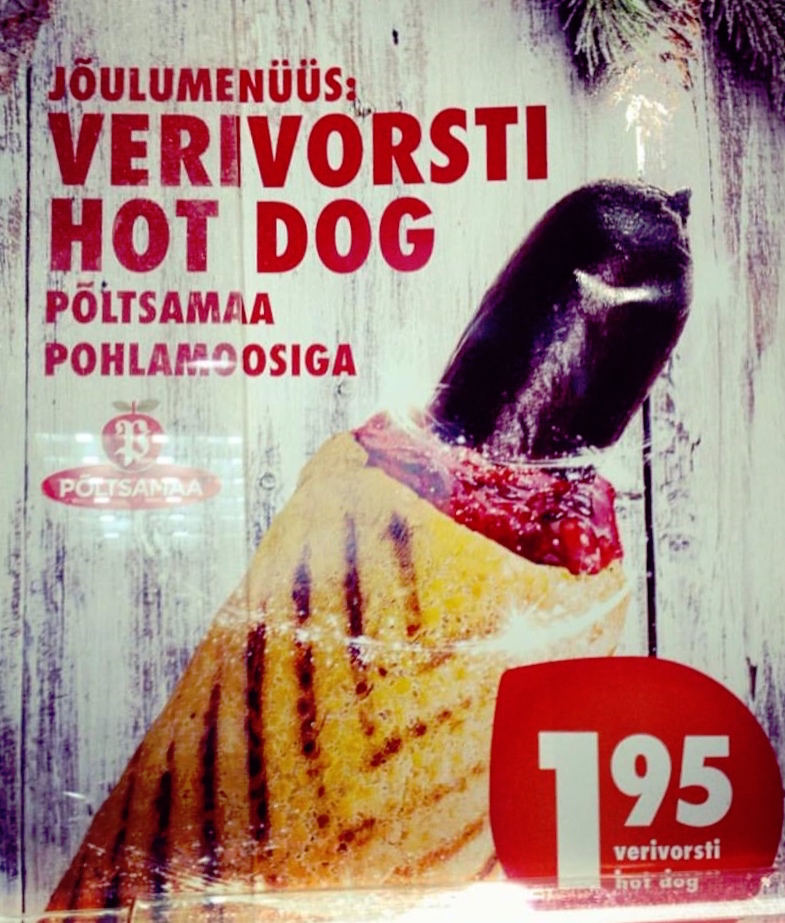It’s quite interesting that we were brought up Estonian in Toronto calling hot dogs the literal translation kuum koer and here we’re back to hot dog in the fatherland… This is somewhat reminiscent of how many classic English Christmas songs were translated into Estonian long ago by Estonians living abroad and then, when Estonia regained its independence, they were translated once again, slightly differently, by enthusiasts craving the new-found international Christmas spirit in Estonia. If the Internet has exited in the 1990s and all those great translations had been online, perhaps all of Estonia would be singing Punanina hirvekene (Rudolf the Red-Nosed Reindeer), On jõulude rutt (Santa Claus is Coming to Town), Kuljused (Jingle Bells) and Väike trummipoiss (The Little Drummer Boy) as they were translated by Heino Jõe in Toronto many moons ago, much to the enjoyment of generations of Estonian gaidid and skaudid in the area. And not only, since the same song sheets have now circulated to a wider circle of local Estonian organisations. RÕÕMSAID JÕULE ja JÄTKU LEIBA! May the bread last.
Riina Kindlam, Tallinn




